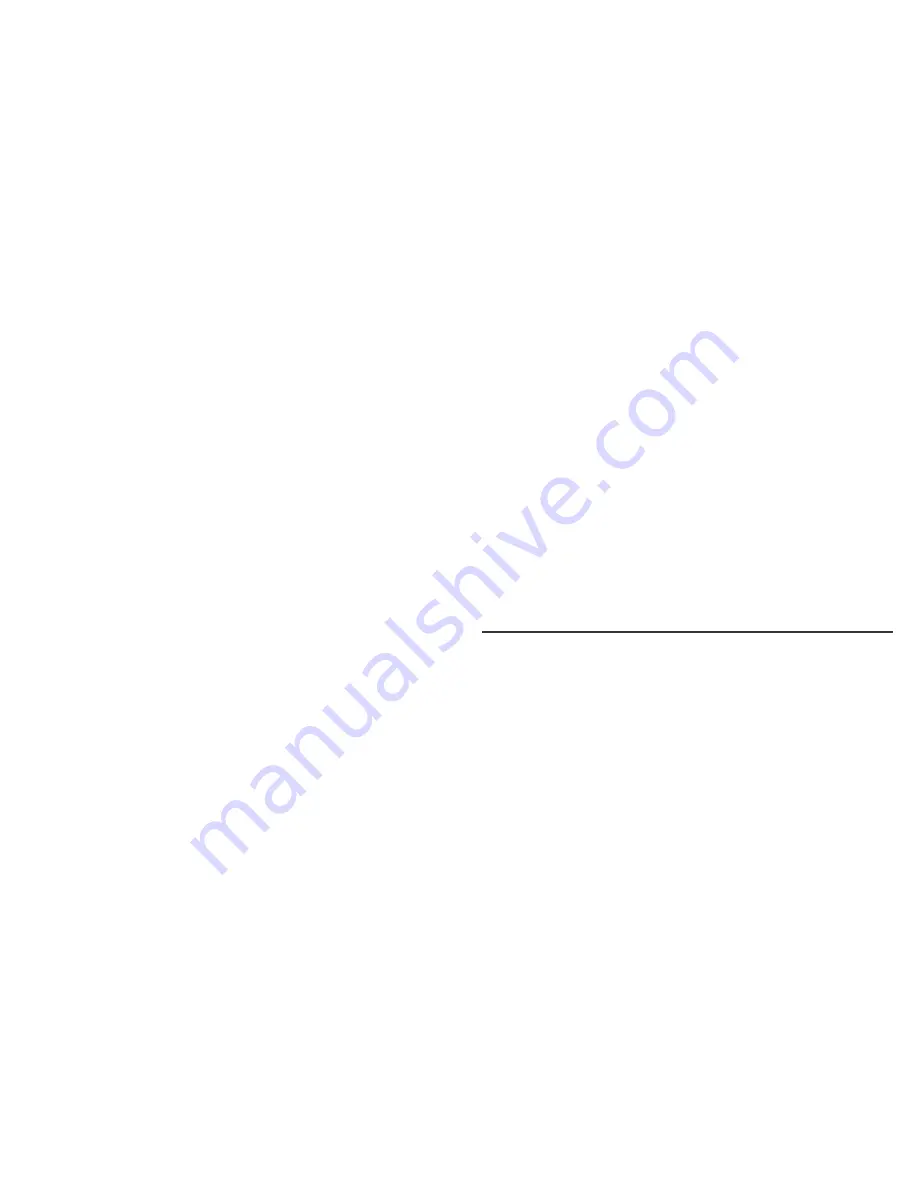
CONDENSATION
Condensation is an unavoidable fact of physics. When warm,
moist air comes in contact with the cool tent fabric, it forms
condensation. In most conditions condensation can be
controlled by allowing air inside the tent to vent outside. During
periods of high humidity, such as rain, it can be too difficult to
remove or reduce condensation. In these conditions, a high
degree of ventilation can actually increase the condensation by
drawing in more humid air.
Your Jet Tent Fly is designed to collect humid air that pass
through your tent.
ZIPPERS
Be careful with your zippers. Go slow when zipping. Make sure
to align the tracks before sliding the zipper—and don’t exert
excessive force. If fabric gets caught in the slider, stop and slowly
reverse the slider to remove. A silicone based lubricant may be
used to enhance zipping.
When dirt gets in the zipper teeth, they can cause abrasion and
damage to the zipper sliders. You can clean the zipper teeth by
rinsing them out with water. The pressure from a regular garden
hose will push out small sand particles.
CLEANING
If your tent should require cleaning, set it up and use a sponge
with warm water. If further cleaning is needed, a garden hose
should be able to wash off any remaining dirt. Do not use
detergent, soap, bleach, or have it dry cleaned, as these may
remove the waterproofing and/or damage the fabric. Allow the
tent to air-dry completely before packing or storing.
If cut appears on the Fly of the Bunker apply candle wax against
the ripped canvas to seal the hole and prevent of further tearing.
STORAGE
Packing away and storing your tent while it’s wet or damp leads
to premature breakdown of the canvas and coatings. Prolonged
exposure to moisture causes the waterproof layer to break down,
becoming soft, sticky and no longer waterproof. Storing a wet
tent can also start the process of mildew forming on the fabric.
Mildew will cause your tent to stain, smell, and will lead to the
premature breakdown of the waterproof coating. Dry your tent
thoroughly after every trip.
ANIMALS
To prevent damage from animals chewing holes in the fabric,
never store food or cooking equipment in your tent.
Summary of Contents for BUNKER
Page 1: ...OWNER S MANUAL BUNKER...


























